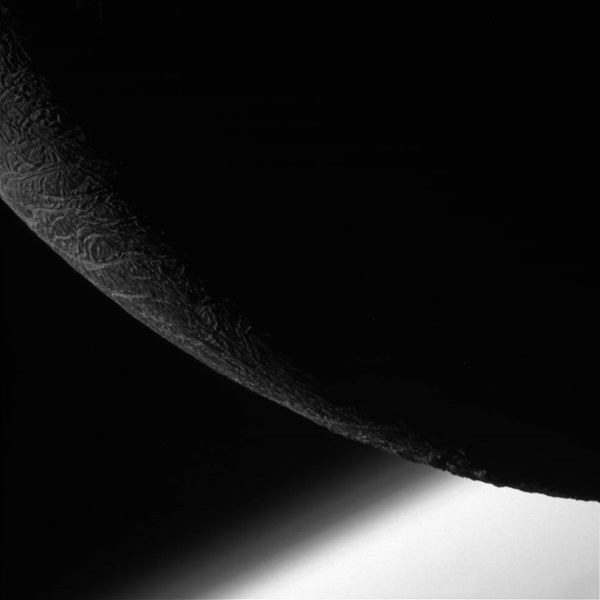NASA’s Cassini spacecraft successfully completed its 26-hour gravity observation at Saturn’s moon Enceladus last week, sending back data scientists will use to understand the moon’s interior composition and structure.
The flyby took Cassini through the water-rich plume flaring out from Enceladus’ south polar region, with a closest approach of about 60 miles (100 kilometers) occurring in the late afternoon of April 27, 2010.
A steady radio link to NASA’s Deep Space Network on Earth enabled Cassini’s scientists to use the radio science instrument to measure the variations in the gravitational pull of Enceladus. Analyzing the wiggles will help scientists understand whether an ocean, pond, or great lake lies under the famous “tiger stripe” fractures that spew water vapor and organic particles from the south polar region.
Results from the experiment also will tell scientists if bubbles of warmer ice in the interior rise toward that region’s surface like an underground lava lamp.
Radio science was prime during the flyby and controlled spacecraft pointing. The optical instruments were not pointed at Enceladus during most of the flyby, so the imaging camera obtained some more distant pictures.
Cassini often relies on thrusters to control attitude during flybys such as this one, but this time it turned the thrusters off and relied on its reaction wheels. Using thrusters adds acceleration effects to the spacecraft, complicating the precise measurements needed for the radio science experiment.










